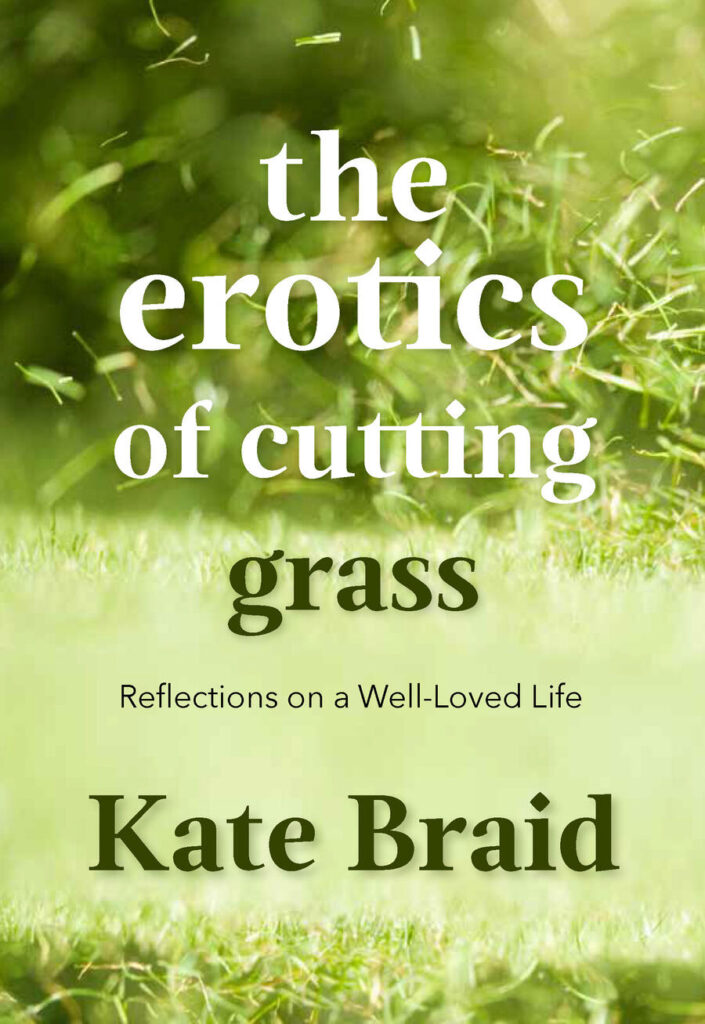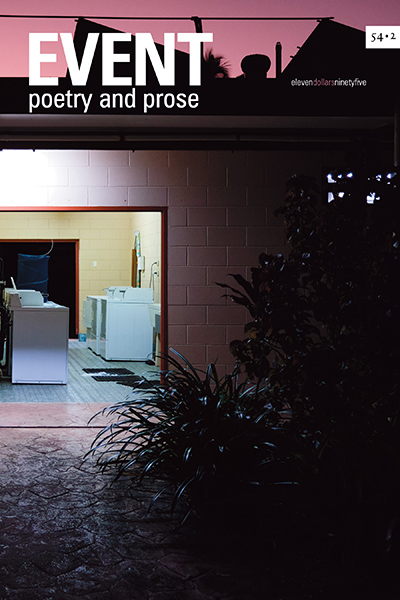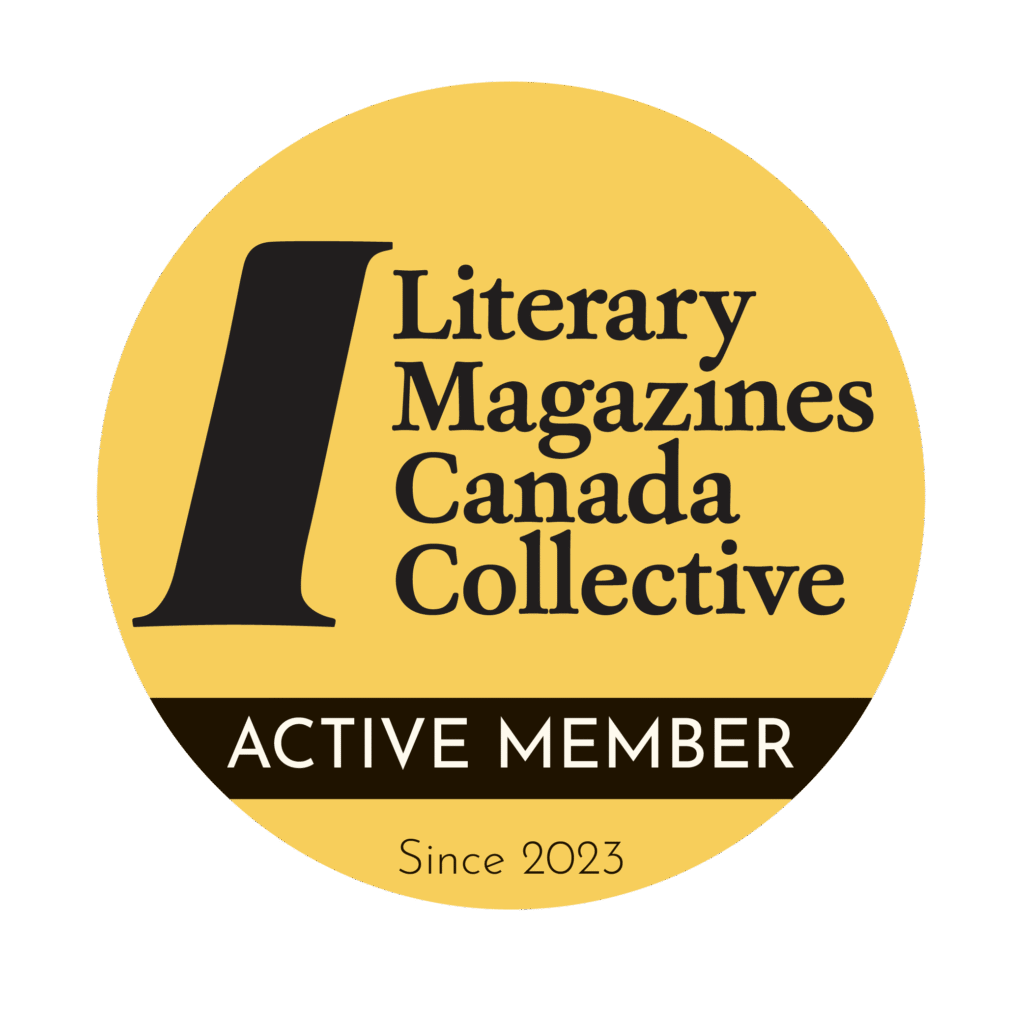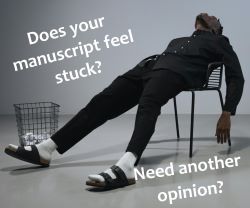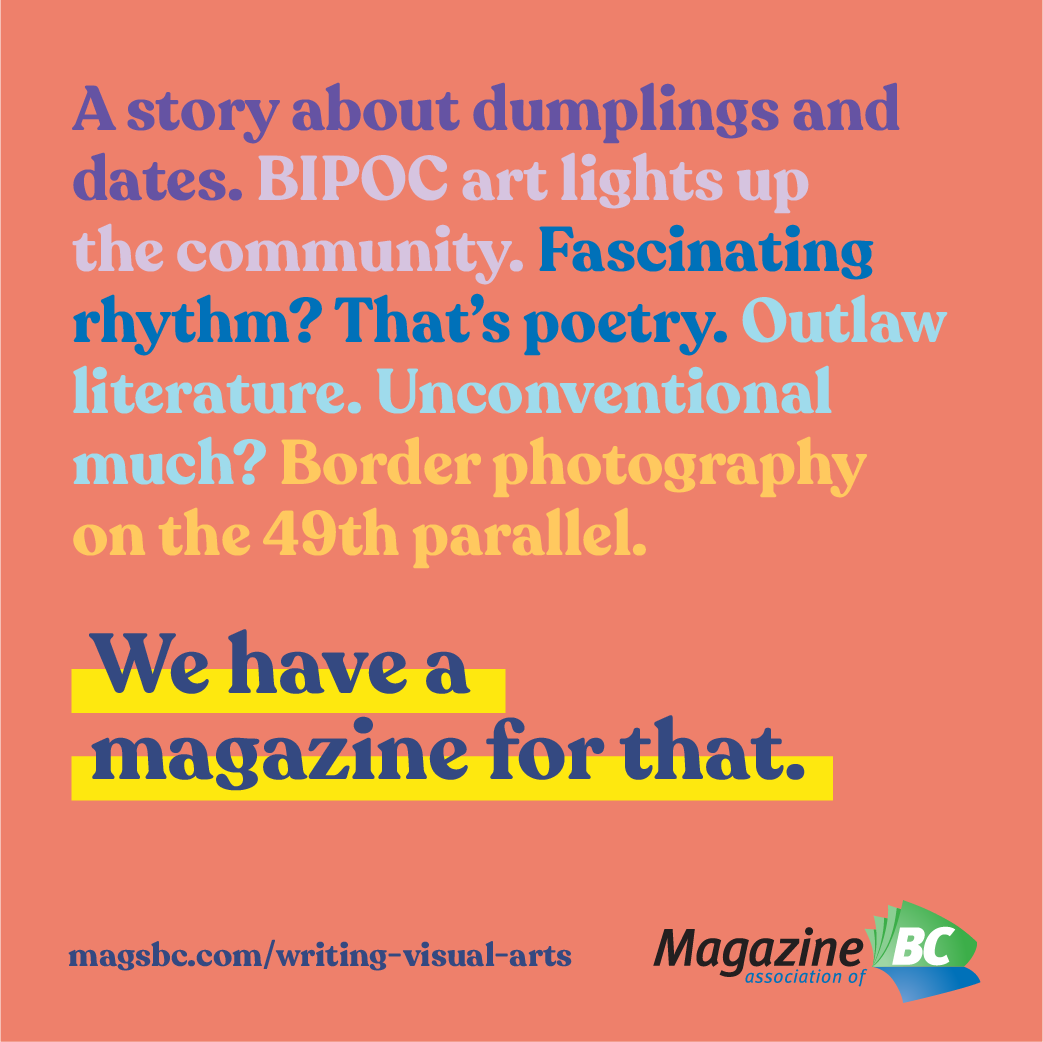The Relationship of Body and Harmony: Rob Taylor interviews Kate Braid
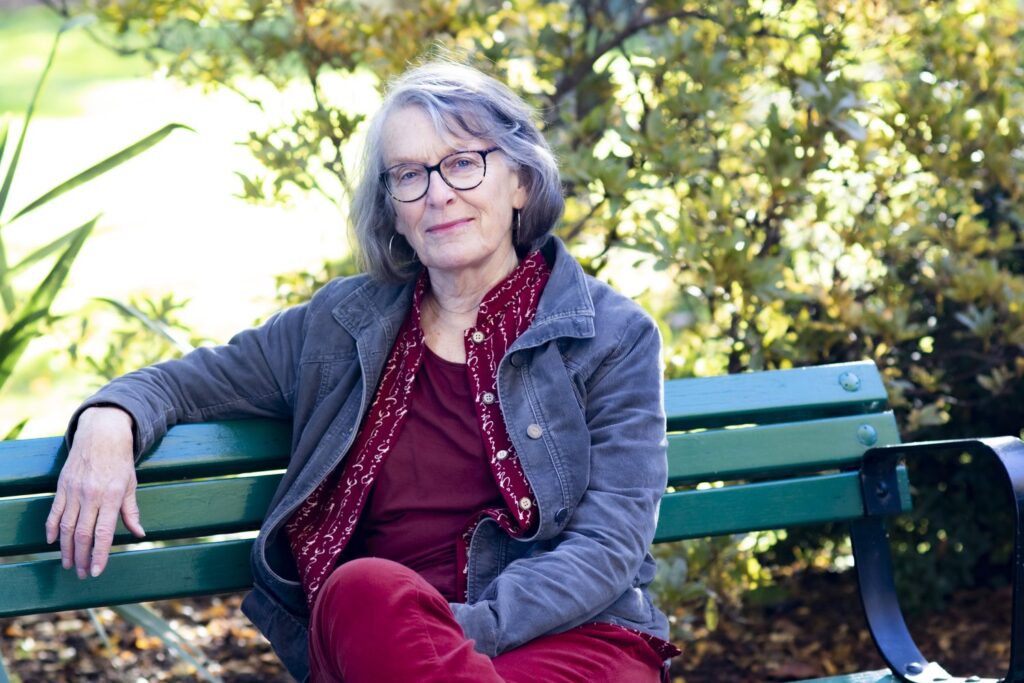
Kate Braid has written many books of poetry and creative non-fiction. Her awards include for the Remarkable Woman of the Arts and Pandora’s Collective BC Mentor’s Awards in Vancouver, and for poetry, the Pat Lowther and Vancity Book Prizes. She has also been writer in residence at Mabel Dodge Luhan House in Taos, New Mexico. She currently lives on Pender Island and in Victoria, BC.
Fellow author and friend, Rob Taylor, interviewed Kate as part of the launch of her latest collection of essays The Erotics of Cutting Grass (Caitlin Press, 2025) at Upstart & Crow bookstore on Vancouver’s Granville Island. What follows is a written exchange which expands on the conversation that was started that night.
Rob Taylor: Your new book, The Erotics of Cutting Grass, is your third memoir, after 2012’s Journeywoman and 2021’s Hammer & Nail (all three published by Caitlin Press). In one of the book’s essays, “Saying Hello to Fear,” you write about how terrified you were to launch Journeywoman, saying you “wept for weeks” before your launch. Could you talk a little about why that was?
Kate Braid: Without being very conscious of it, all my books before Journeywoman had been written from behind the screen of a persona: Emily Carr or Georgia O’Keeffe or Glenn Gould. I did find these artists genuinely fascinating, and maybe it was my academic background that made it easy for me to research their lives before writing about them. For the Gould book I even travelled to Toronto (thank you, Canada Council.)
So Journeywoman was the first book I’d written that was purely, nakedly me. It was difficult and took more than twenty years of rewrites, but I didn’t write the book for me. I was doing it for other women (and men), to portray the experience of this job as honestly as I possibly could.
I also think there was an element of relief in those tears; I’d now, finally, been as honest about that huge part of my life as I could be. It was done.
RT: I don’t recall any weeping at your launch for The Erotics of Cutting Grass. How does it feel now to be “nakedly” you?
KB: One of the book’s essays talks about my lack of self-consciousness as I grow older. The bonus about not caring any more what people think is that I can enjoy being a bit daring, pushing the edges. So it felt good to be nakedly me. It was even fun!
RT: Early in The Erotics of Cutting Grass, you write about how Rima the Jungle Girl, Wonder Woman and Emily Carr all served as early inspirations for you of women who could be boldly different in the world. Needless to say, as one of only a handful of female carpenters in Canada in the 1970s, you dared to be different! You mentioned writing the book for other women: would you say a desire to pay what you learned from Rima, Emily Carr, etc. forward motivated you to write your memoirs? Maybe, in a broader way, all your books?
KB: I’d like to think I was that generous of spirit! Partly yes – I wanted to let other women know exactly what they were getting into when they entered the trades and therefore maybe handling it a bit better than I did. I also wanted to share my love of the trade, but I think the more selfish part was that I was desperate to have company at last, not to be the only woman on every job!
I also think the motivation behind these three women, as well as the artist books, was a fascination with their lives and their work. All of them had to struggle against public disapproval. I took heart from that.
RT: Let’s talk about those artist books (as you mentioned, you’ve written books on Carr, O’Keeffe and Gould), which each involved a deep dive into a single life. This is also, in a sense, what you do with yourself in these memoirs. What sparks your desire to interrogate a person’s life?
KB: I think a lot of it is simply curiosity. Why do we humans do what we do, when we do it? I drove my journeymen mad when I was an apprentice, constantly asking, Why? “Why do we put in blocking? Why do we puddle concrete?” Just curious!
RT: In the book’s title essay, about your love for your Husqvarna riding lawnmower, you connect your passion for mowing with your work as a carpenter, through their shared physicality: “Being outdoors in every weather, acutely aware of each move my body made… the intensity… the rhythms of it, seeing the product of my labours instantly before me.” You seem, equally, to be a “physical” writer – your poems and essays are usually grounded in the physical world of objects and people, and are often connected to the body. Do you see a throughline here, between your attraction to physical labour and your grounded, embodied writing?
KB: You’re telling me something I didn’t know about my own writing. Thank you, Rob! But it makes sense, that if I have confidence in my body, in the solidity of the physical, of wood and stone, then I reflect that in my writing. I guess I assume others will also trust it more too, no? In fact, my next book is all about stone, about a woman stone mason in the Middle Ages. More of the physical!
RT: Oh wow – I look forward to reading that. In your essay “Honouring “Why?”” you write about how the Buddhist call for non-attachment initially irked you, as you interpreted it as antithetical to the life of a political activist. Your Buddhist teachers taught you, though, that non-attachment did not meaning inaction, but a detachment from outcome: “do[ing] the work without getting angry if – when – my actions didn’t bring about the end I wanted.”
This reminded me of the idea of the gift economy, as espoused by Lewis Hyde in another “erotic” book: The Gift: Imagination and the Erotic Life of Property (a book which you generously gifted to me a number of years ago). That book speaks about how the arts (and many other fields) are sustained primarily in gift economies, where something is given freely without expectation of return. Action with detachment from outcome!
I’m curious about your engagement with these two parallel lines of thought. Do you see them as, in a sense, one and the same? How has your thinking on non-attachment and the gift economy shaped your approach to writing and publishing books?
KB: I think any writer knows about “non-attachment to outcome.” Or you learn it the hard way, as soon as the money pours in from sales of your first book… Not! And this situation is getting worse, not better, for Canadian writers in particular. Somewhere I read that the number of books sold in Canada that are written by Canadians is two per cent! Every writer I know has a day job. So yes, we write for love, not for money. We write because we have to, because something drives us to say what we’re thinking, to figure it out on paper. What is that “something”? Ah, now there’s a question for another time!
RT: It’s likely a little different for each person, eh? But I like what you said earlier, about writing your books for other people coming up in the world, who might want to navigate a path similar to yours.
In the essay “Me and Pablo Casals,” you write about learning to play the cello in your fifties and, soon after, joining a choir. This made me think of prosody – the patterns of rhythm and sound in poetry (you introduced me to the term, many years ago, as part of a story where you’d interviewed for a creative writing job and they’d asked you about “prosody,” a term you’d never heard before. I made a mental note that I should look up whatever it was when I got home!). Would you say your training in poetry’s rhythms and sounds has influenced your approach to music?
KB: Rather, I think it was the opposite; I’ve been singing in choirs since high school and I loved in particular, the feeling of rhythm, of being “in harmony” with other bodies. So I guess I carried this over to writing. I never consider any work finished until I’ve read it out loud to myself several times, and the final test is always to read it out loud to an audience.
RT: You note that learning the cello taught you to think of “the musician’s body as “another part of the resonant cavity” – that seems like a lesson for poetry, too.
KB: Definitely! As I say in that essay, one of the things I loved most about playing cello (pitiful as I was) was how it resonated in my flesh. It gave me confidence in the relationship of body and harmony. So yes, I think I’ve definitely carried that into my writing.
RT: You write that after thinking about it for some time, what pushed you to finally take up the cello was a friend’s diagnosis with cancer, telling yourself “something beautiful should be happening while something so terrible is going on.” This feels like vital advice in the current political, environmental and social moment. Beyond taking up the cello, do you have any tips for those of us lost in the grief of it all?
KB: Well put; “the grief of it all” these days! My personal way of dealing with the current horrors in the world is to seek beauty, most often by going outside. Not just with casual glances but paying attention to beauty and harmony of any kind – seeing trees sway, feeling the power in their bark, watching waves roll over sand and looking into my puppy’s solemn eyes, listening to Glenn Gould play Bach or the song of the red-wing blackbird, sharing tea with friends – all these ground me, help me see that there is still beauty in this world and that in this moment at least, I can be grateful.
—
Rob Taylor is the author of five poetry collections, including Weather and The News. Rob is also the editor of What the Poets Are Doing: Canadian Poets in Conversation and Best Canadian Poetry 2019. He teaches creative writing at the University of the Fraser Valley, and lives with his family in Port Moody, BC, on the unceded territories of the kʷikʷəƛ̓əm (Kwikwetlem) and səlilwətaɬ (Tsleil-Waututh) peoples.





